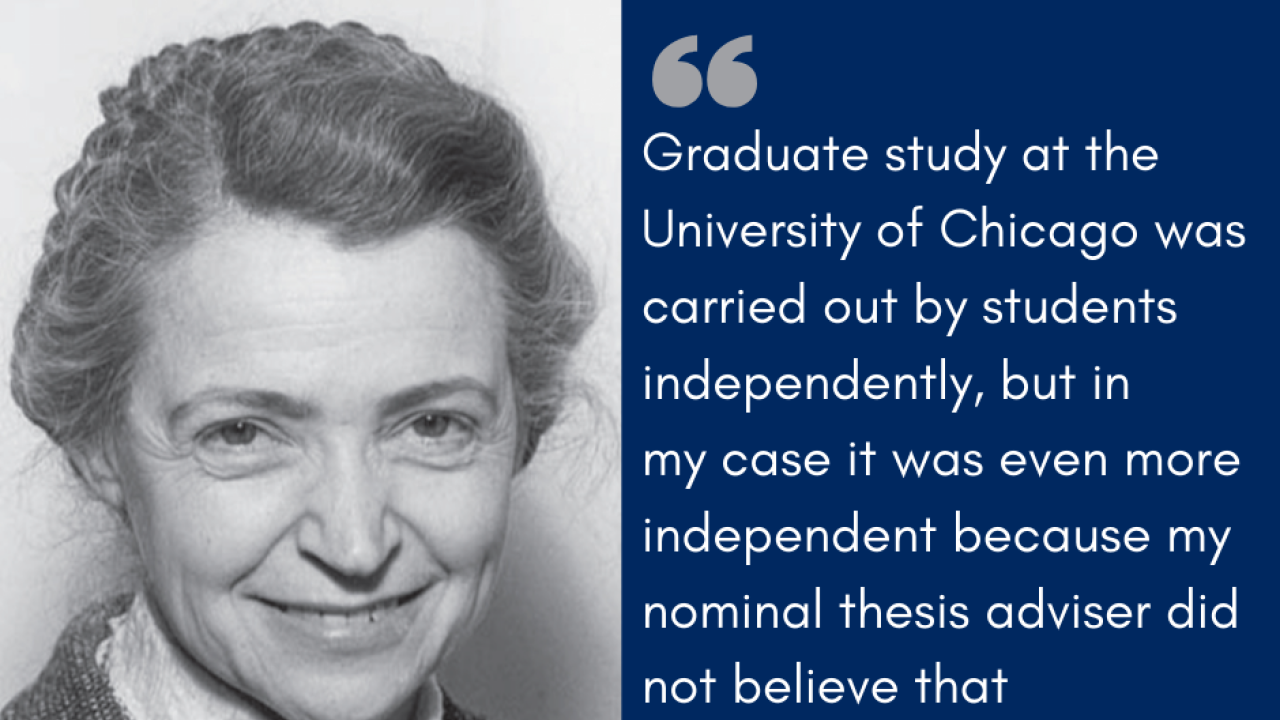
Why be a scientist? Nearly every scientist has a different answer and a different inspiration, drawn from varied careers, outlooks, and experiences. For its 40th anniversary in 2004, ICTP published the book One Hundred Reasons to be a Scientist, a collection of 100 essays from many eminent physicists and mathematicians with a connection to ICTP. The book is a source of many insights from the lives and careers of scientists, including Helen Quinn, Freeman Dyson, Vera Rubin, and Francis K.A. Allotey. The authors discuss what led them to study science, the difficulties they encountered and overcame, and their passions and hopes for the future.
We will revisit these stories highlighting twenty of them in the next few weeks, sharing inspirations from the essays and showcasing the words of these great scientists. During the uncertainty of the current global pandemic, the words will hopefully help researchers feel less alone in their scientific path.
We are presenting this week the story of Mildred Dresselhaus, known as the "Queen of Carbon" and pioneer of nanoscience. From her first acquaintance with science at music school to her great career in research that led her to a professorship of physics and electrical engineering at the Massachusetts Institute of Technology (MIT), you can read her story here.
If you want to learn more about Professor Dresselhaus, the ICTP Marie Curie Library has selected some interesting interviews that you can watch on YouTube, in which she discusses about her life in science, her passion for education and her career as a scientist.
If you are interested in learning about 99 more scientists and what inspired them, you can find the whole book in electronic format for free download on ICTP’s library website, in English, Italian and Urdu.
















